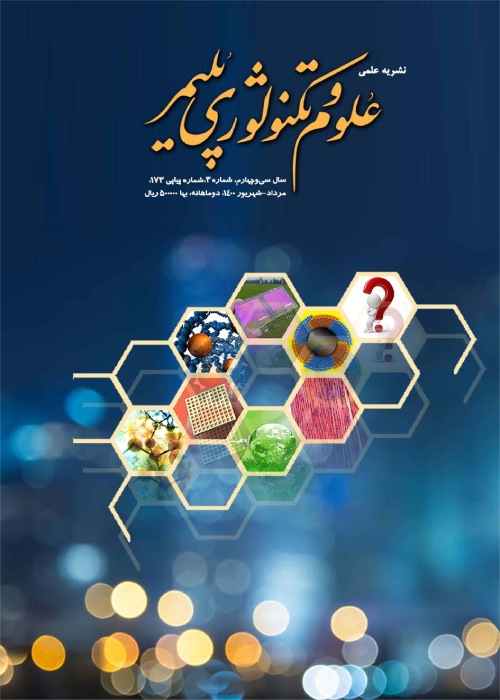Conductive Nanofibrous Scaffolds for Tissue Engineering Applications: A Review
Designing a biocompatible scaffold that mimics the mechanical, electrical, chemical, and topographical properties of extracellular matrix of the target tissue is one of the main challenges in regulating cellular behaviors. For this reason, conductive scaffolds are very much considered in the engineering of electroactive tissues such as nerve, bone, and heart, and are the ideal tools for transmitting the electrical signals to these tissues and regulating their cells behaviors. On the other hand, nanostructures of conductive polymers have become a topic of interest to many researchers, because by the combination of conductivity and nanostructures, new functional materials are obtained with unique physicochemical properties, which can simultaneously simulate physical and electrical properties of the extracellular matrix. In this regard, several researchers have been working on the design of conductive scaffolds with the consideration of topographical properties. Conductive polymeric nanofibers are prepared using various conductive materials and different methods. Intrinsically conductive polymers, carbon materials such as graphene and carbon nanotubes, and metallic nanoparticles such as gold are the most common materials used for the production of conductive polymer-based nanofibers. This review covers the spinning of conductive polymer or the blend of carrier polymer and conductive agents by electrospinning and wet spinning, conductive agent deposition onto template nanofibers (in situ chemical polymerization, electrochemical polymerization, admicellar polymerization, vapor-phase polymerization, carbon and metal coating on nanofibers through immersion, coating of metal vapor on nanofibers), and template-free synthesis (interface polymerization, electrochemical polymerization) among methods of fabrication of conductive nanofibrous scaffolds and finally their advantages and disadvantages are compared together.
- حق عضویت دریافتی صرف حمایت از نشریات عضو و نگهداری، تکمیل و توسعه مگیران میشود.
- پرداخت حق اشتراک و دانلود مقالات اجازه بازنشر آن در سایر رسانههای چاپی و دیجیتال را به کاربر نمیدهد.


